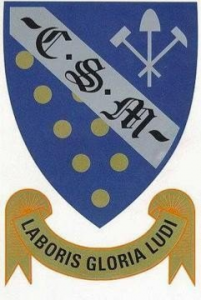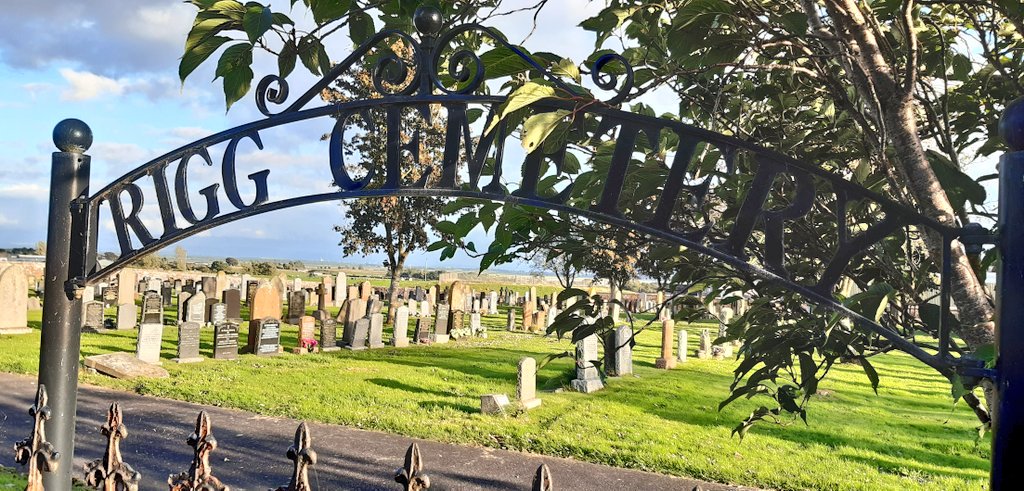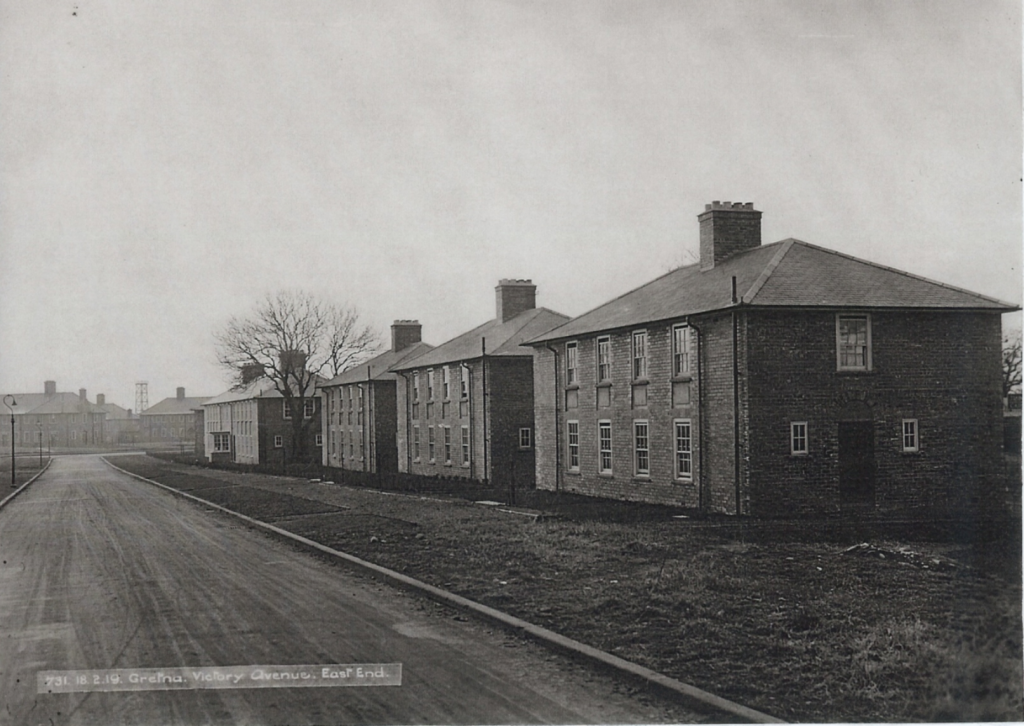
Eastriggs (where The Devil’s Porridge Museum is based) is known as the Commonwealth Village. The majority of its street names are derived from places in the Commonwealth (or Empire) such as Vancouver Road, Delhi Road, Singapore Road etc. The township was built in World War One to house workers at HM Factory Gretna, the greatest munitions factory on earth at that time (the Museum tells the story of this factory and its 30,000 workers). The workers came from around the world and they left their mark behind in their wartime contribution and in the place names of Eastriggs. Here we feature one person from the Factory who worked here in World War One.
Eric de Clermont
Born: 1st November 1880
Died (in Gretna): 5th December 1918
Commonwealth connection: South Africa
Eric’s experiences before World War One
1st November 1880 Eric was born in London.
1899 Eric entered King’s College, Cambridge.
1901 Eric appeared on Census return aged 20, he was listed as a student. At that time, his family were living in Reigate. His father, Otto (48) was listed as a Mechanical Engineer and his sister, Helen (22) as a School Teacher. His cousin, Kenneth Heilgers (19) was also staying with them and he was recorded as an East India merchant on the census.
1902 Eric graduated from King’s College with a BA.
1903 Eric graduated from Camborne School of Mines, Cornwall with a qualification in Ore Dressing for which he was awarded an Honours Grade Second Class.
Some time after 1903 Eric travelled to South Africa to work in mining.
1916 Eric returned to Britain.
Accidents and ill health meant that Eric couldn’t volunteer for the army.
He had been an enthusiastic rugby player, even captaining his team at King’s College Cambridge before an injury.
He lost his eye and contracted miner’s phthisis (a lung disease) whilst he was working in the South African mines.
In 1916, he was nominated for a Commission in a tunnelling company and promised he would be sent quickly to the Front but his injuries and ill health put a stop to that.
Eric’s War work
Eric de Clermont joined the Ministry of Munitions and after his preliminary training at Pitsea near Basildon, he came to HM Factory Gretna in July 1916.
For more information on Pitsea, see: https://www.wattylercountrypark.org.uk/factory
He seems to have been a well known and well liked person as these quotes demonstrate.
“He had a schoolboy’s enthusiasm for everything he undertook, and a schoolboy’s instinct of playing the game.”
“He was full of enthusiasm for his new task, and was one of the first to take over a shift; he soon became a Range Officer, and finally was appointed a Sub-section Officer.”
“He worked his Sub-section up to a pitch of the highest efficiency, and was always devising schemes for increasing output and reducing costs; this he was enabled to do by real hard work, and by the respect and confidence of his subordinates, which he won without difficulty.”
The Death of Eric de Clermont
On November 25th 1918, Eric was taken ill with influenza (the Spanish Flu). He had to be prevented (by force) from going to work at the Factory.
He was said to have been full of high spirits when he entered the influenza hospital.
But after a few days, pneumonia began to develop and he became quieter and finally passed away on December 5th 1918 aged 38.
He was buried at Rigg Cemetery on December 7th 1918.
Eric’s death “…cast a dark shadow over the closing days of the Factory, for with his passing we had lost a man who had gained our affection as colleague and friend. He was an outstanding personality on the Cordite Section, and it is probable that but few of the thousands on the area did not know him, his ingenuous, engaging disposition, and the hundred and one little episodes associated with his name.”
Photograph above: shows Victory Avenue, Gretna which was Eric’s address when he died
“His old tweed jacket; his beatific smile when one of his many little tricks was found out; his intense local patriotism…his garden, which he would weed on a rainy day sitting on a camp-stool under an umbrella – all these, together with the many episodes remembered by those who lived with at Staff-Quarters, Sarkbridge, and at 96 Victory Avenue, remain and endear him to us.”
All quotes from Mossband Farewell magazine (in the Museum’s archive).
To find out more about Eastriggs in World War One a map has been produced: https://www.devilsporridge.org.uk/product/eastriggs-commonwealth-walk-guide





